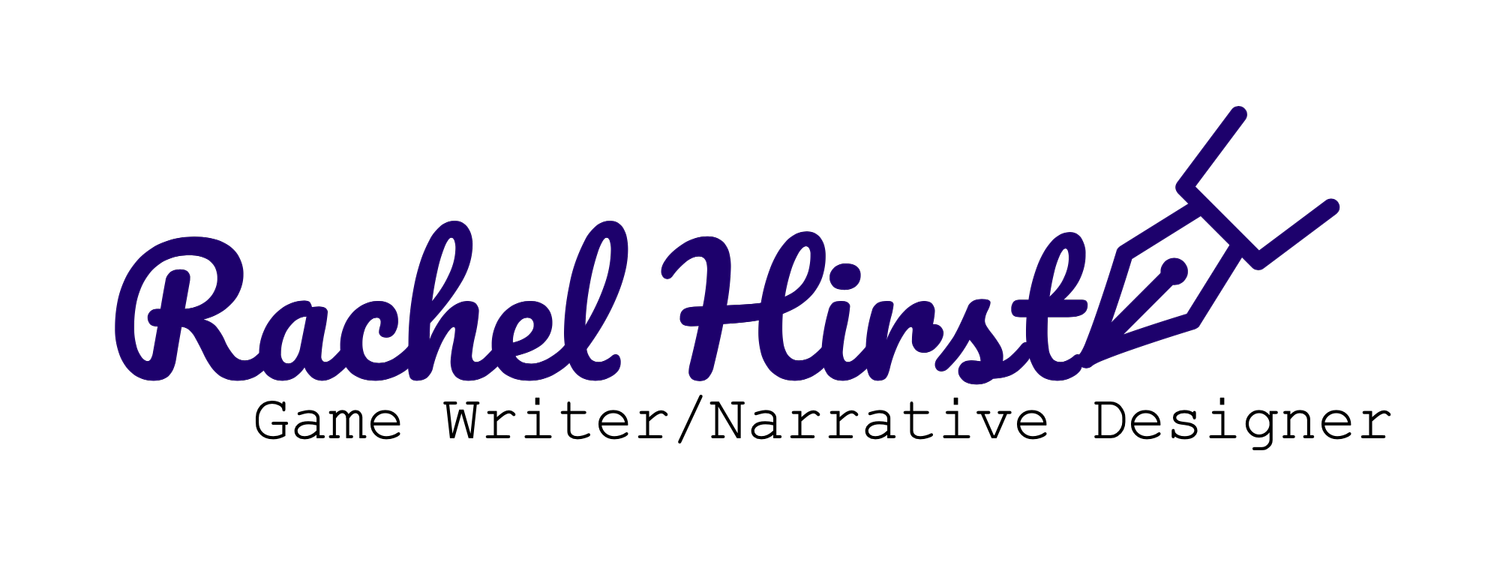Post originally published on Ice Gauntlet.
There’s a new kid on the block in the world of all-in-one chat softwares, and his name is Discord.
This new platform, which launched in 2015, looks to fix all the problems people have using the alternatives, such as Skype. But the question remains, should you make the switch?
It’s time to break down the pros and cons of up-and-comer Discord and veteran Skype, because no software is 100% perfect.
To begin, let’s follow the money trail. How much is this going to cost you?
For Skype, communication is free if the other user also has a Skype account. If you want to call an actual phone line, that’s when you start dishing out the money through the purchase credits. However with the exception of phone calls, all Skype communications, whether it be video, audio or text, are free.
On the Discord side of things, all communication, whether it be voice or text, is also free. According to their blog, the company plans to make money by selling “optional cosmetic items like sticker packs, sound packs, skins, and the like.”
As stated earlier, the only communication Discord supports is voice and text. For gamers planning to storm a dungeon together, this could work, but you will have to look to Skype if your business requires, or just wants, any sort of video to accompany a call.
The nature and quality of calls differs between the two platforms as well.
To begin a call on Skype, one person hosts the call and alerts everyone else in the group that there is a call going on, which can be a nuisance when the Skype music starts and you were not expecting it.
Because of the strain of hosting a call, the call’s quality can suffer, creating little robots, if the host’s internet is not up to par. But if you find someone with a decent internet connection, calls are reliable for the most part, allowing for smooth recording if desired.
In Discord, each group can create multiple voice channels. So if you wanted to break your group up into teams without the enemy team knowing your plan, Discord allows for that. These voice channels don’t require a specific host, eliminating a strain on the host’s internet.
People can also simply sit in the voice channels, awaiting for others to join when they’re free. It also means that no one is aware there is a call going on unless they check Discord itself. The audio quality in Discord is great, but almost everyone’s voices are cut off at various times. It makes recording from Discord choppy, and you might have to repeat something three or more times before it all gets out.
Switching over to the text side of things, Skype and Discord operate just about equally. Each software allows for both group and individual text chats; each displays a preview of links posted in chat.
The main differences between the two regarding chat is aesthetic. Skype has the blue and white theme going on; Discord chose purple and white.
Because Discord is geared toward a gamer audience, it allows users to connect their Twitch and YouTube accounts, with Battle.net, Facebook and Twitter connections coming soon. This allows users to see what games group members are playing at that moment.
Overall, Discord and Skype play to different audiences. Discord is an emerging, free software geared toward gamers that offers some great solutions to problems found on Skype or other alternatives like Teamspeak to Ventrilo, but with its own share of difficulties, causes it to be unreliable at times.
Skype, on the other hand, is geared toward the casual user, allowing for video chatting to assist with those long-distance connections, even with its share of bugs.
So is it time to jump ship over to Discord? Or remain with the veteran Skype? Or perhaps even use a combination of both? It comes down to what your needs are for an all-in-one chat software.
And if you’re interested in learning more about or downloading Discord, feel free to check out their website here. Or if you’re interested more in Skype, you can visit their website here.


